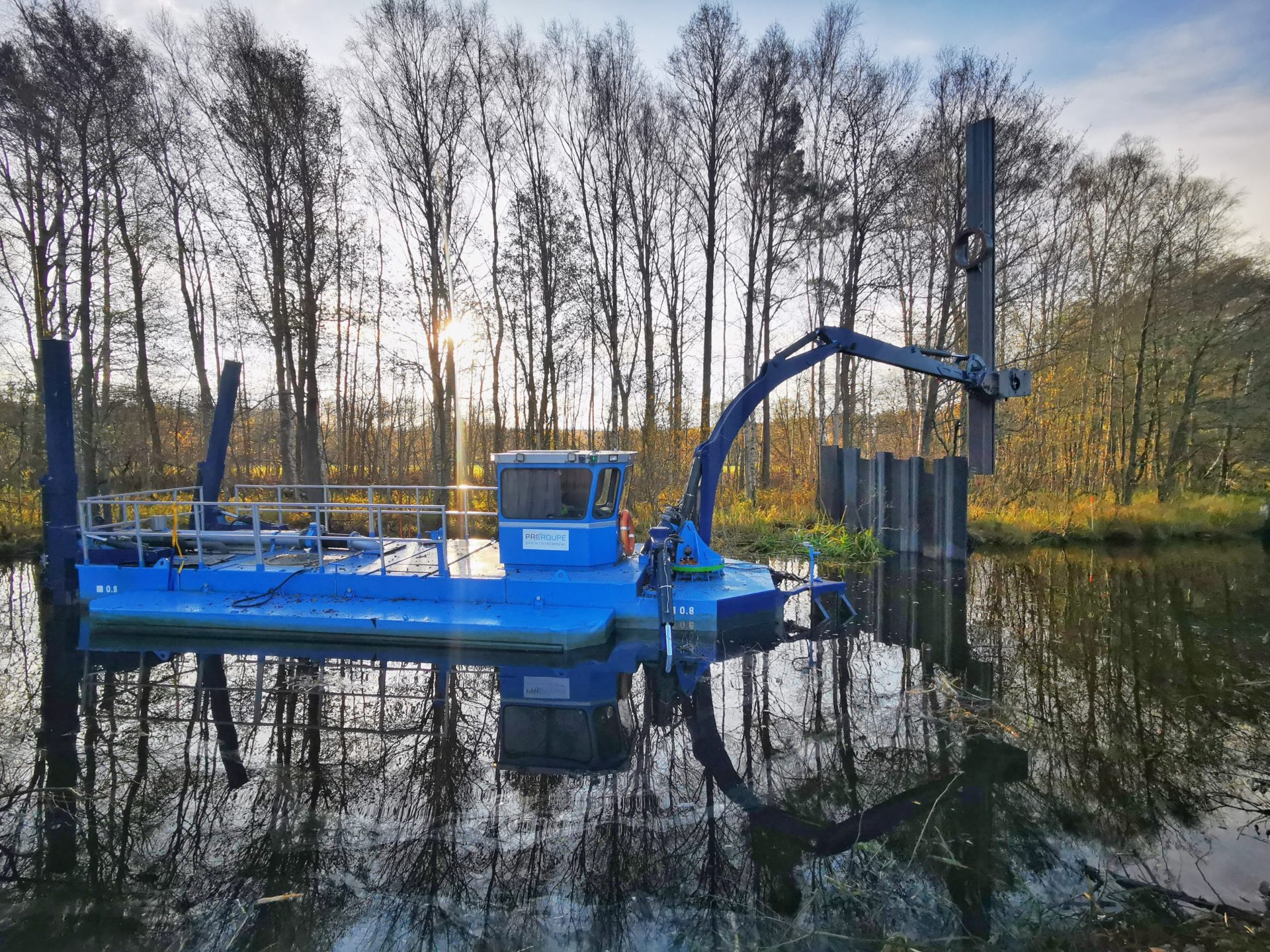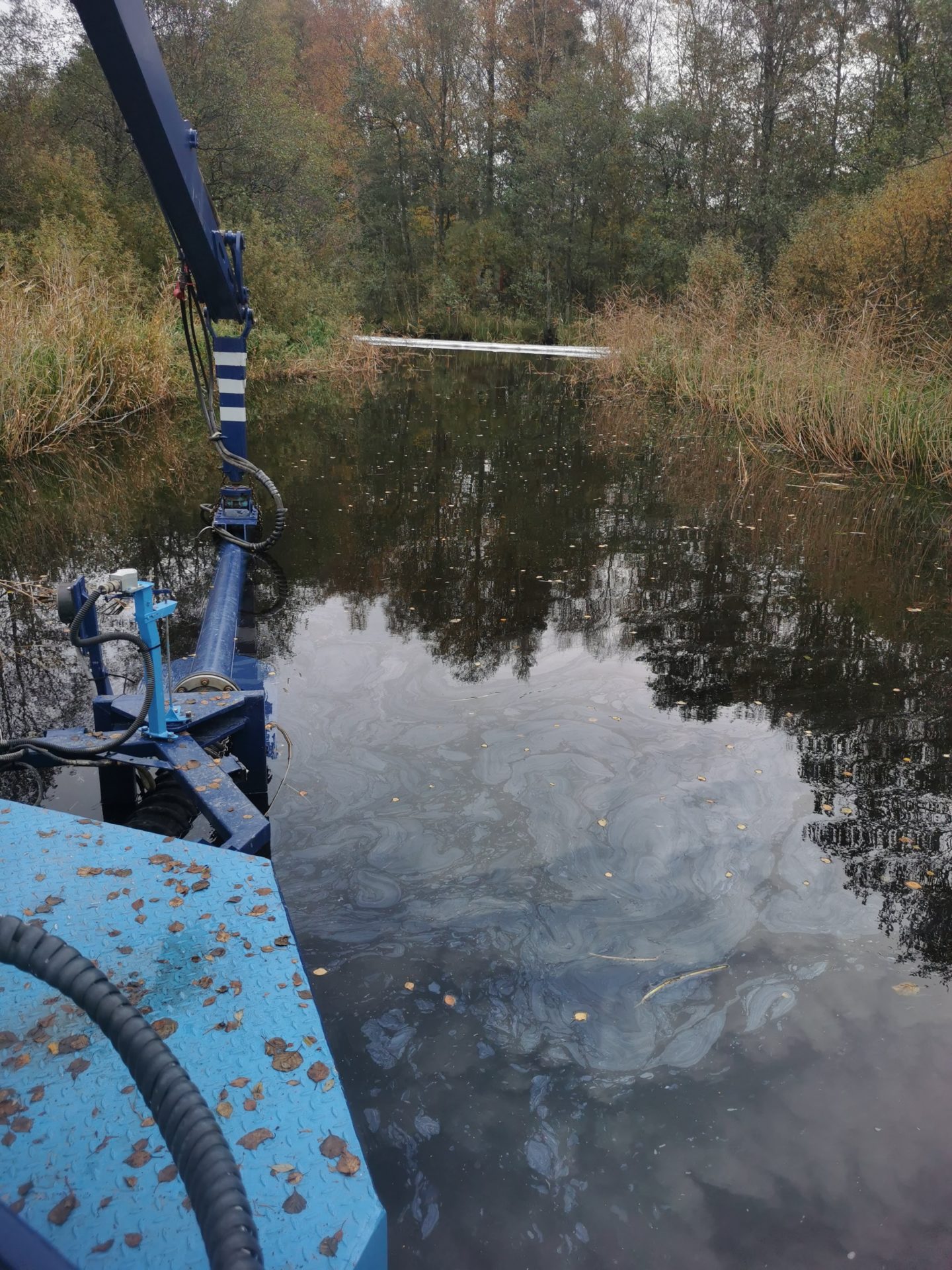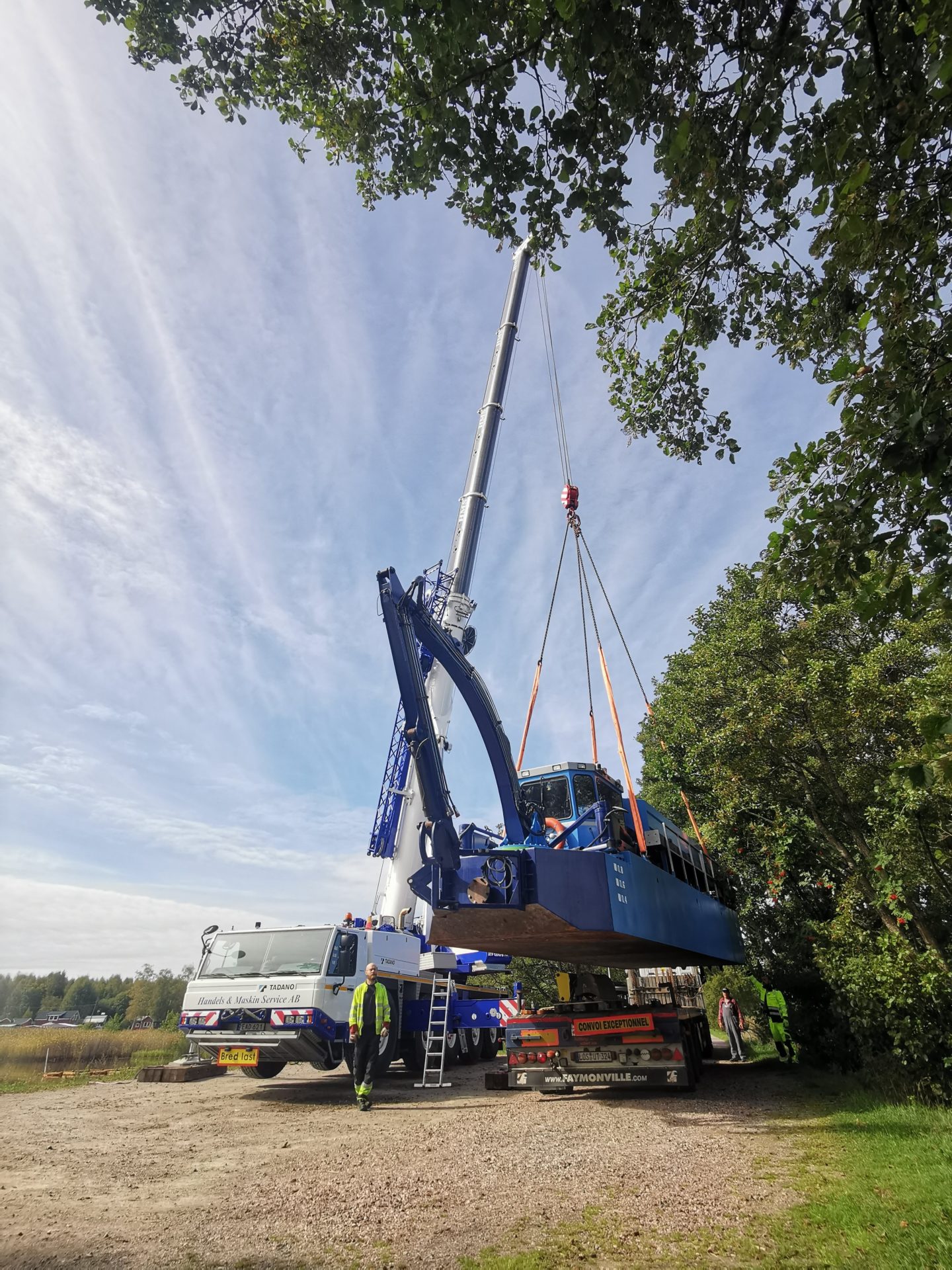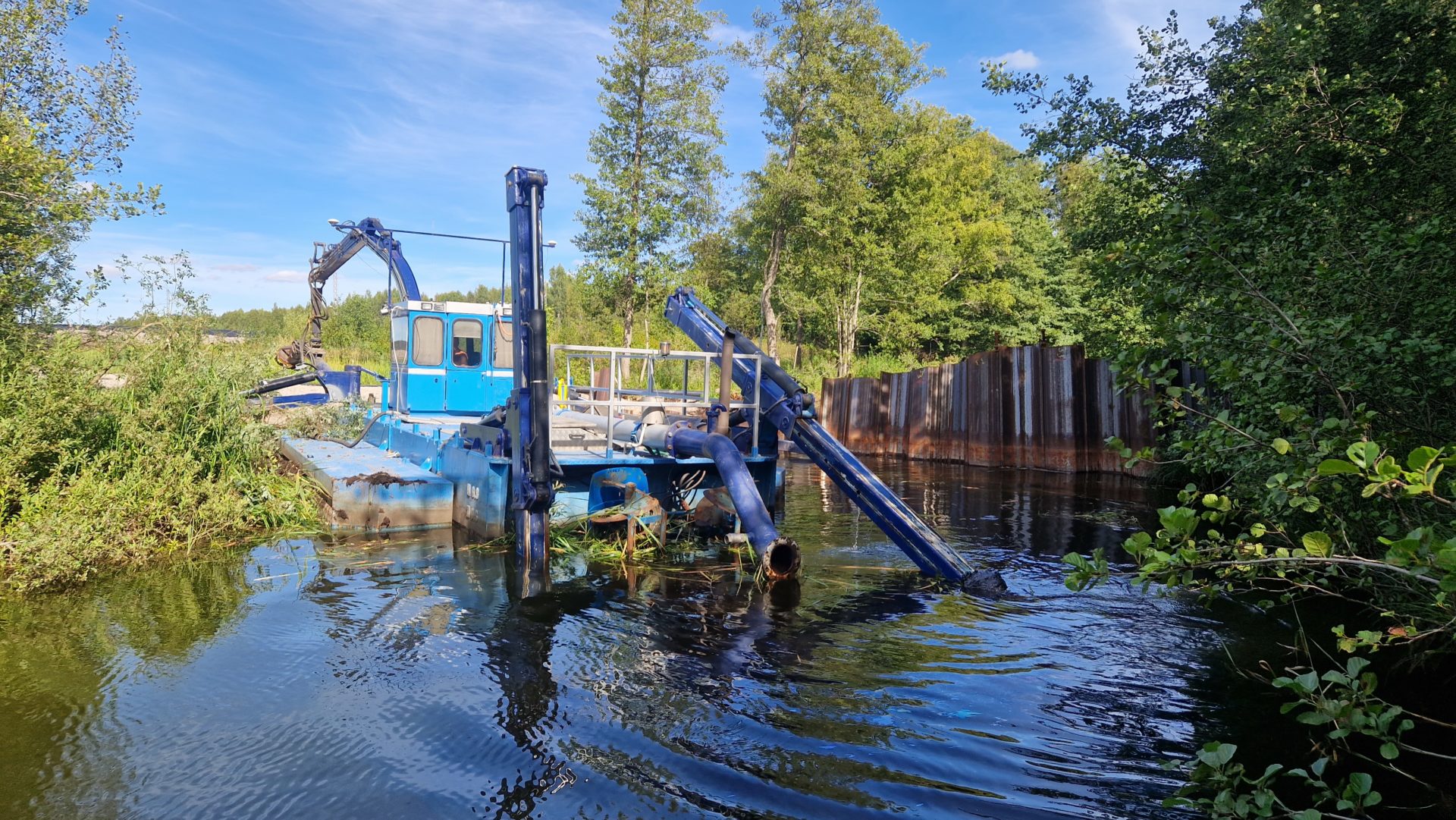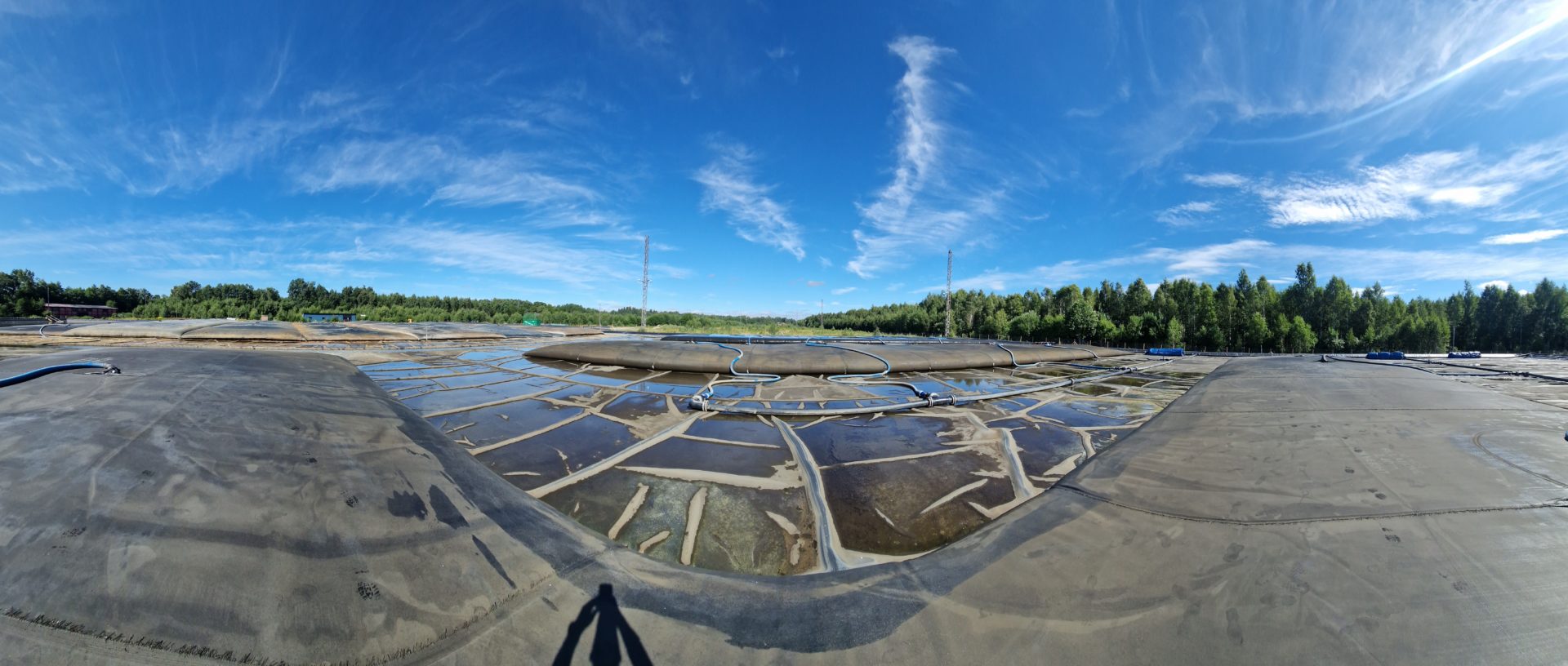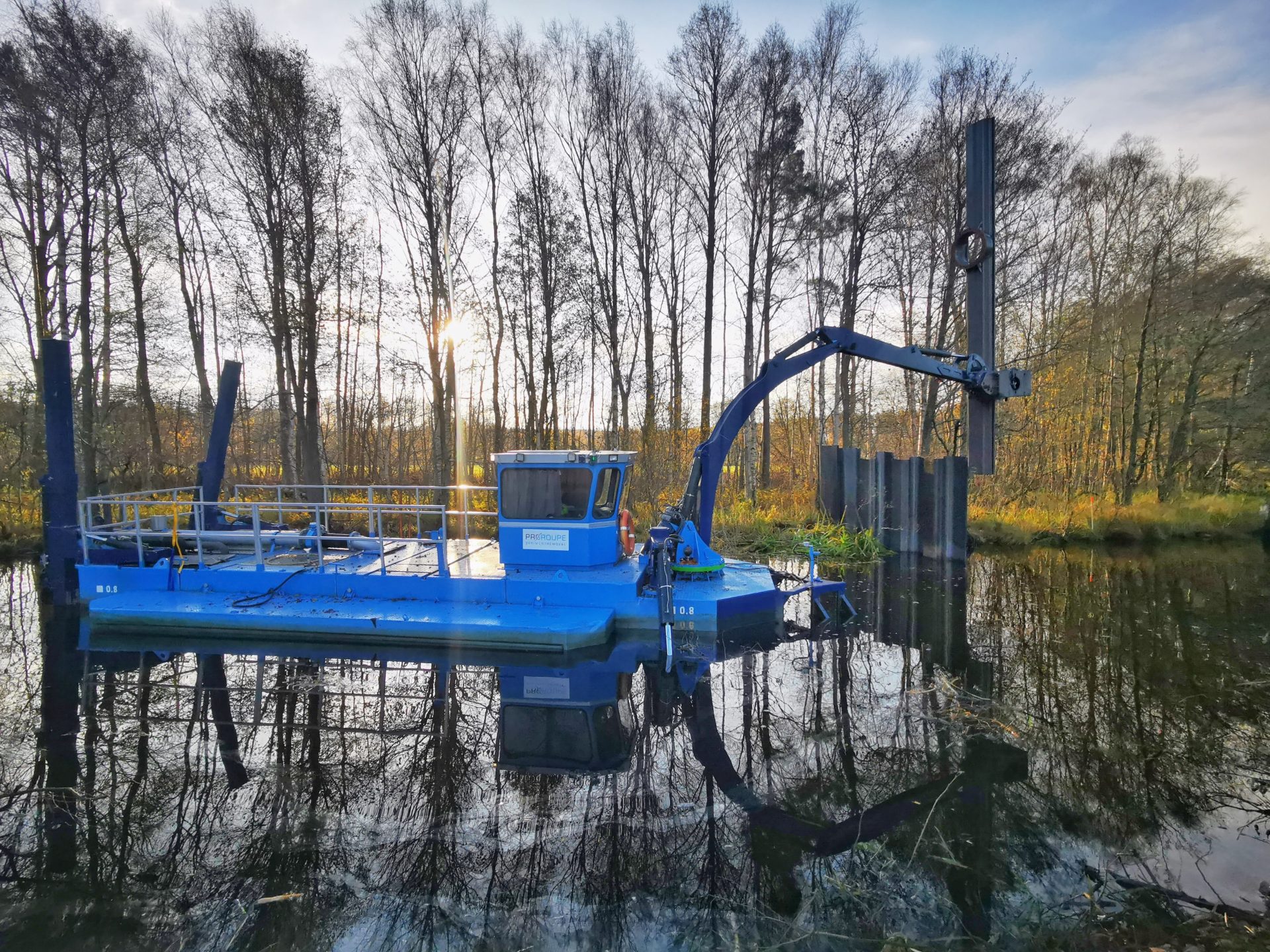Åsbro – Sweden
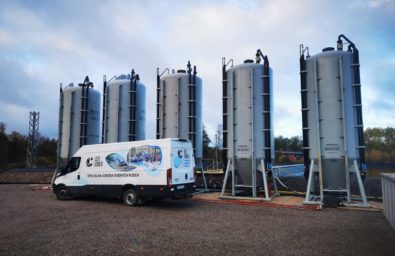
Carried out in: 2021-2022
Sediment volume in situ: 16000 m³
Pumped hydromixture: 143 518,2 m³
Sediment: mostly organic contamined with PAHs
Desription
Operations at two former impregnation plants in Åsbro, Sweden, were the sources of pollutants that spread to lakes Tisaren, Åsasjön and the river Estaboån. Despite the shutdown of these plants over fifty years ago, these pollutants, especially PAHs and Arsenic, remained deposited in the bottom sediment of the water bodies and continued to pose a risk to the environment. Especially because Lake Tisaren is a source of drinking water for the surrounding villages. The Swedish Geological Institute (SGI) decided to remove this environmental burden.
Our company succeeded in the tender procedure for the removal of contaminated bottom sediment with its subsequent dewatering in geotextile bags. The main challenge for our team was not the high volume of dredging, but the high requirements for dredging accuracy, GPS location tracking and depth of dredging. The construction of sheet pile walls for the purpose of multiple damming of the flow was a challenging task, mainly due to the limited space for handling and the overall complexity of the situation, which did not allow the access of other common machinery – from the shore or from the water. The implementation of the works began in September 2021 with the installation of an impermeable foil in prepared pools with a total area of approx. 2.5 ha. This was followed by the damming of the Estaboån river flow and the diversion of the flow into an HDPE pipe with a diameter of 630 mm. The damming and diversion of the stream was a temporary measure for the duration of the mining. The aim of the measures was to prevent the distribution of dangerous substances stirred into the water environment during dredging with a suction dredger. The same measures were taken in lake Tisaren where a 1 km long floating barrier have been set up and lined with absorbent boom.
The work got complicated by the sudden drop of temperature, a factor that suspended the work for almost 5 months. In total, our expert team with our largest suction dredger DredgeKing PERM removed and then dewatered in geotextile bags approx. 16,000 m³ of contaminated sediment from a total area of approx. 20,000 m² (4,000 m² Estaboån, 15,000 m² the outer area of Lake Tisaren). The water from the sediment dewatering process was subsequently filtered through GAC filtration (activated carbon) and returned to the lake. During the dredgging, turbidity values were monitored daily in the dredging area and its surroundings. At the same time, we took samples of the filtrate before and after the GAC filtration on a weekly basis in order to monitor the efficiency of the filtration for PAHs. Carbon filters were able to reduce polycyclic aromatic hydrocarbons from 320 ug/L to 0.01 ug/L and arsenic from 15.2 ug/L to less than 0.2 ug/L. After completion of bottom sediment dredging, the project required water from each dredging area to be filtered through GAC filtration until the PAH values dropped to the required level.


